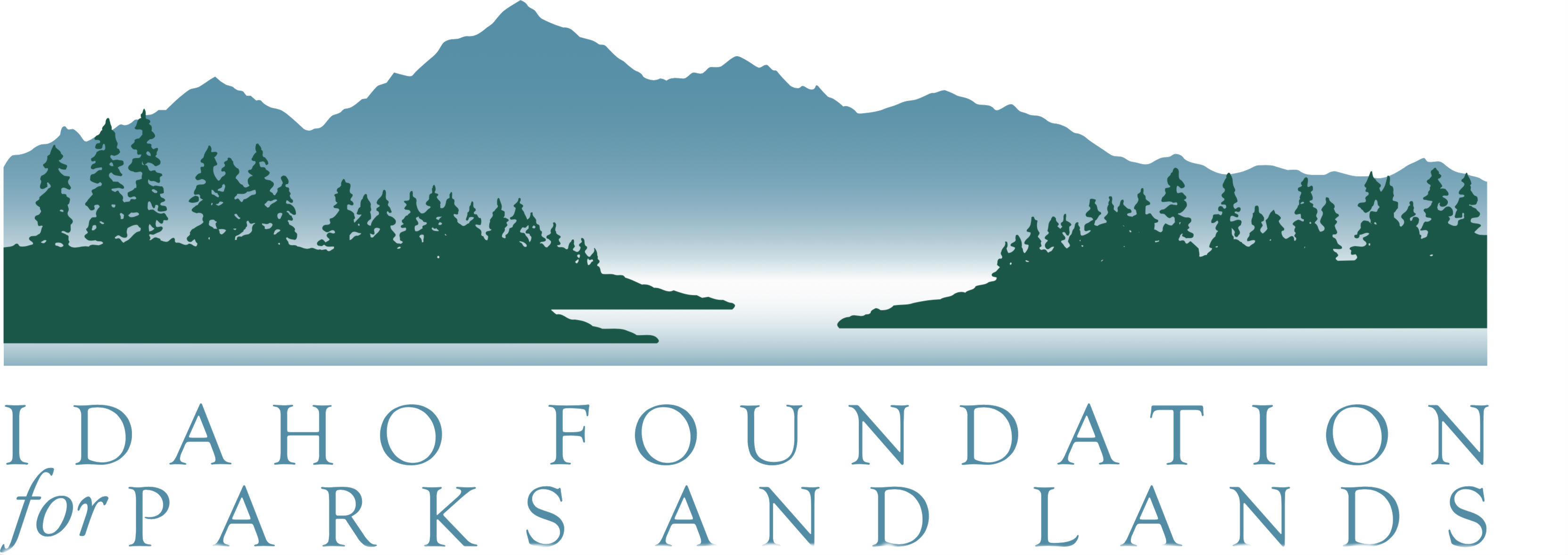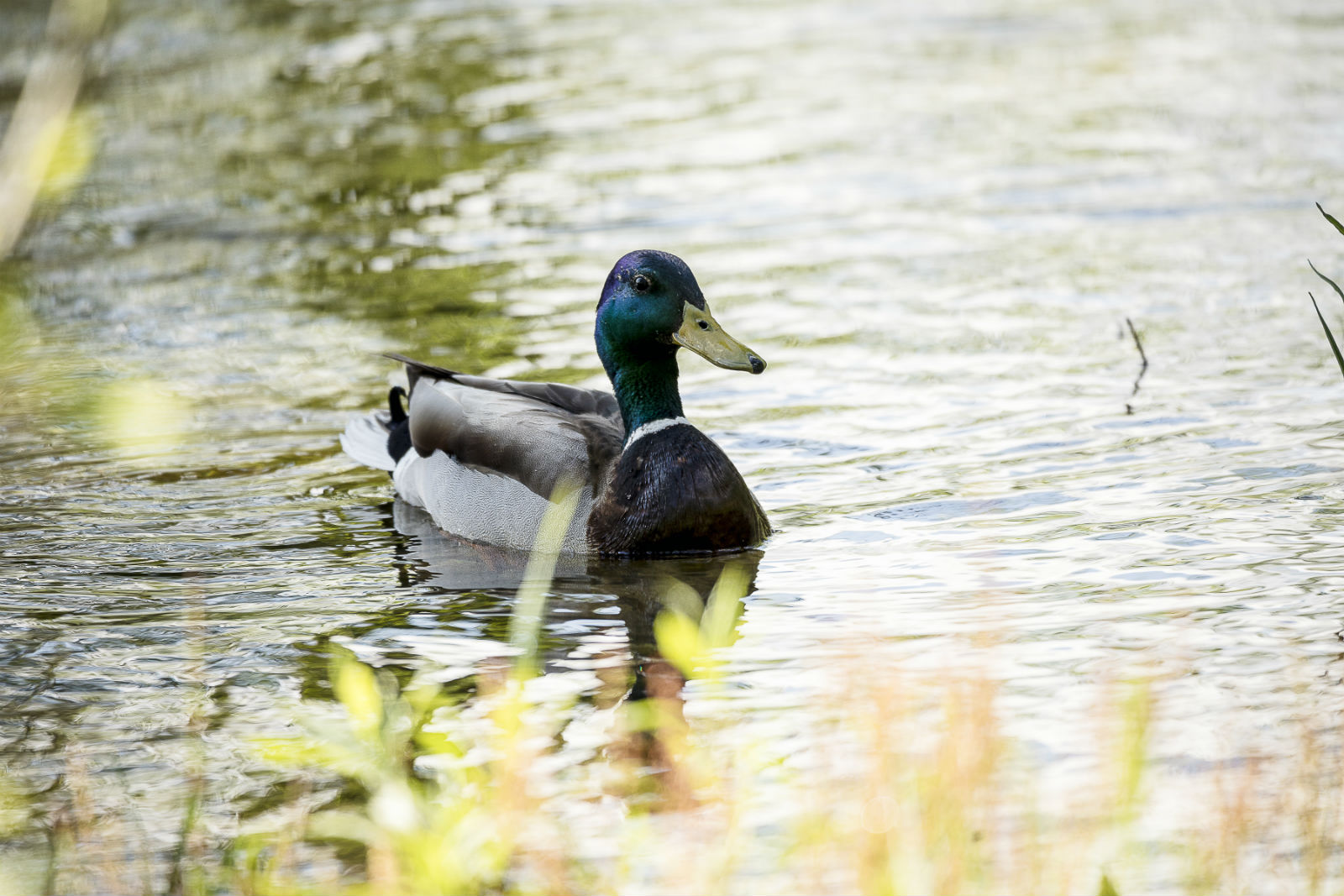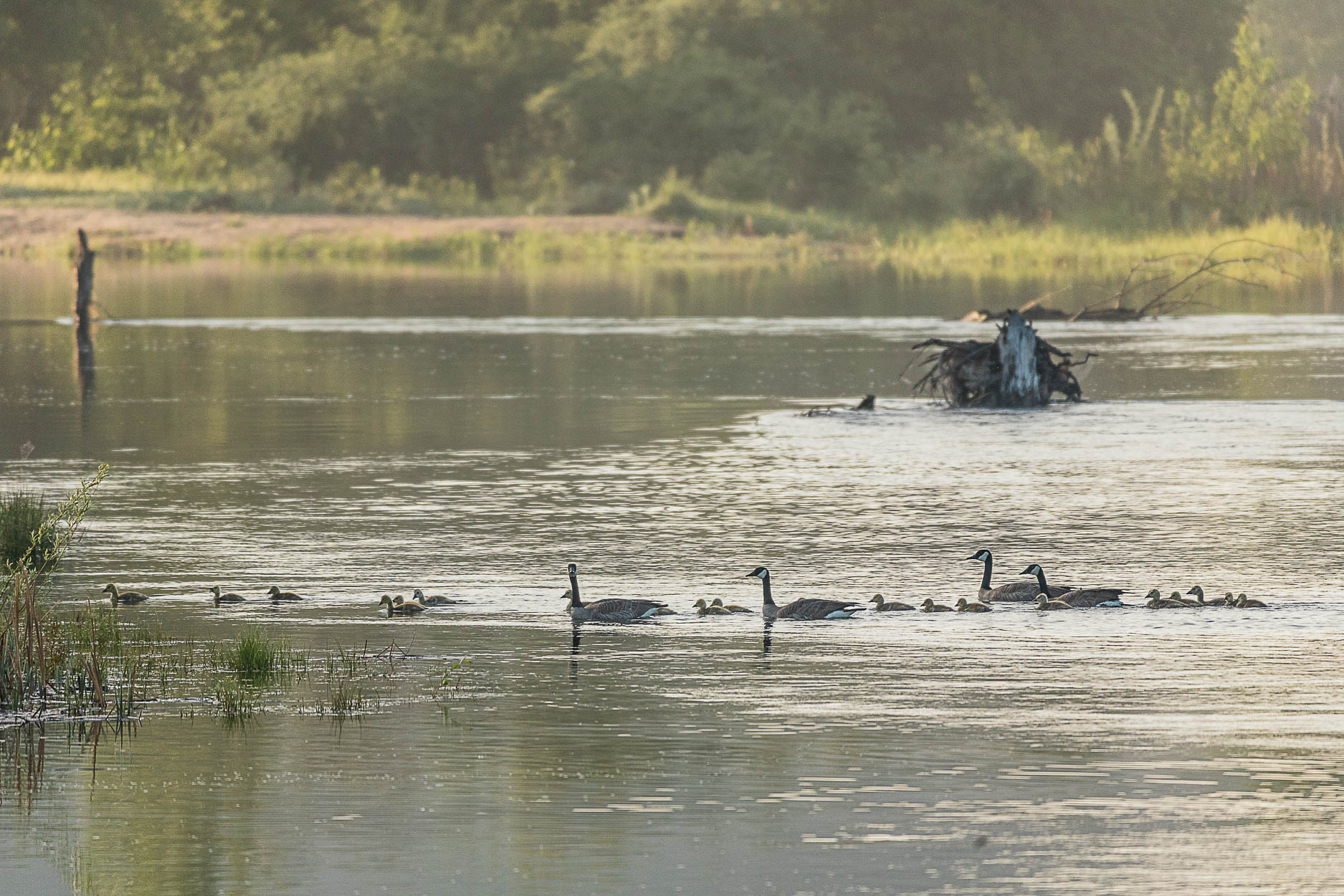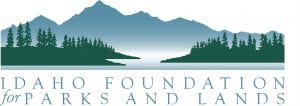Preservation begins with people. Pick a spot, any spot in the State of Idaho. Give it a special effect—exciting geology, beautiful scenery, fine fishing, farm or ranch land, parkland or open space. If possible, give it some breathing space and not too many buildings or crowded areas. These settings represent the makings of a land trust. It would be impossible to rank the accomplishments of the Idaho Foundation for Parks and Lands in order of importance, but in chronological order of acceptance, here is a sampling of land projects to date:
1975 – 1000 acres adjoining the Railroad Ranch in Island Park, known as Harriman East; home of the trumpeter swan and the blue-ribbon Henry’s Fork fishery; held by the foundation until 1994.
1977 – Reinheimer Ranch, received by bequest of Eleanor Reinheimer: 110 acres to be maintained as open space adjacent to the cities of Ketchum and Sun Valley. This property lies between Dollar Mountain and the River Run base of Bald Mountain.
1978 – Barber Pool Conservation Area: 411 acres containing significant wildlife and habitat values, located within six miles of downtown Boise. Donated by Boise Cascade. Chosen as one of the state’s 12 unique ecosystems and a Boise City Heritage Site.
1980 – One acre on top of Dollar Mountain, donated by Elkhorn at Sun Valley for the “Buy an Inch . . . Save an Acre” land sale.
1981 – Smith Ranch, Ltd., scenic easement. 10.75 acres appurtenant to the Barber Pool.
1981 – Ruth Rowell Modie Wildlife Park, a natural habitat corridor held for the city of Lewiston as part of a five-parcel package. Transferred to city of Lewiston in 2006.
1982 – 55 acres of River’s Edge Ranch: a benchmark nature preserve on the Big Wood River adjacent to Sun Valley and Ketchum, donated by Helen M. Fassett.
1982 – 51.5 acre tract along Lake Fork Creek near McCall providing a permanent niche for birds, animals and flora, donated by Nelle Tobias.
1987 – 11.7 acres destined for use as a park or permanent open space for the city of American Falls, donated by the Warrick family; re-conveyed in 2004.
1988 – Purchase of Union Pacific railroad right-of-way adjacent to the Reinheimer Ranch, a portion of which is bikepath for public use.
1989 – Acquisition agent for 25 acres known as Rock Creek II for Twin Falls County Parks and Recreation; transferred in 1990.
1989 – 16 acres on Fernan Hill donated anonymously, being held for the city of Coeur d’Alene as the future Veteran’s Centennial Park. Transferred to the Coeur d’Alene Park Foundation in 2006.
1989 – 8.6 acre Boise River Island donated as part of the Settlement Agreement for the Boise River Greenbelt by Gregory Jackson and Sheila Smith. Potential exchange property and of value to the public by accomodating bridge and trail construction for Boise River Greenbelt.
1990 – Conservation Easement on 321 acres of the East Fork of the Salmon River, donated by the Insinger family. Current owners are Ken Ryan, Pocatello and Robert Kopf, Pennsylvania.
1990 and 1992 – Two parcels of land along the Portneuf River donated by Wayne Taysom and Cory and Teri Lamb, respectively; transferred to the Portneuf Greenway Foundation.
1992 – 3.6 acre lot in Whispering Pines Homesites, Bannock County; donated by Dr. Gildon Beall. Unrestricted donation sold in 1995.
1994 – Conservation Easement on 50 acres crosscut by Challis and Bear Creeks; donated by Keith and Patricia Axline.
1995 – Donation of 1.20 acres by Douglas and Susan Randall to provide connectivity for a package of land holdings held for the city of Lewiston until 2006.
1996 – Land and outbuildings held in trust for the city of Lewiston as a community arboretum gifted by Anabel Clementine Osborn.
1996 – 2.62 acres adjacent to the Lake Fork Creek tract; donated by Nelle Tobias.
1996 – 5.98 acres tract donated by Boise Cascade proximate to Horseshoe Bend Fish Pond. The Foundation assisted in remediation. Property may be sold to benefit exempt purpose.
1997 – 5.0 acres donated by the Richard B. Smith family in foothills adjacent to Camel’s Back Park; landbanked for the city of Boise.
1998 – Lot 1, River’s Edge Ranch, consisting of 11 acres adjacent to the 55-acre nature preserve; purchased from the Thomas D. Hormel trust.
1998 – Conservation Easement on 140.5 acres of significant natural, agricultural and open space resources in Hansen donated by Peter M. Link. Owned currently by Brent Funk.
2000 – Purchase agent for 21 acres along the Middle Fork of the Payette River as its first community park for the Garden Valley Recreational District. Conveyed to GVRD in 2005.
2001 – 3.63 acres in lots in Creekside at Crosstimber Ranch Subdivision in Garden Valley. Donated by Jon L. and Mimi Barnes. Sold to benefit exempt purpose 2004.
2002 – Donation of 0.352 acres of riverine commercial property along the southwesterly bank of the Boise River as an extension of the Boise River Greenbelt by Sharon and George Watkins/Marilyn Oakes Trust/McDonald Family Trust. Conveyed to city of Boise in 2006.
2002 – Conservation Easement of 12.84 acres, denoted as Poison Creek Portion and Rock Creek Portion to provide ecological viability and natural integrity of the Lake Cascade watershed on Tamarack Resort LLC property.
2003 – 10.1 acres donated as individuals and partners by George Anderl and Robert Turnipseed d/b/a Woodland Heights, Inc. and Hayden View Estates Partnership held in trust for Kootenai County Parks & Waterways. It is partially wooded; contemplated for passive park usage.
2003 – Historic barn and two rural residential lots in Creekside at Crosstimber Ranch Subdivision in Garden Valley. Donated by Jon L. and Mimi Barnes.
2004 – Acquisition of 33.25 acres near Soda Springs of an Idaho Transportation Department (ITD) Wetlands Mitigation Site to be retained predominately in its natural condition as described in the Deed of Conservation Easement.
2006 – Conservation Easement of 10 acres donated by the Harris Family Limited Partnership, along the Boise River to protect the area and provide set-back for future development through which a passive, contemplative non-paved Dallas Harris Legacy Walkway will be installed.
2007 – 13 acres of Conservation Easement wetlands donated by the Harris Family Limited Partnership, along the Boise River to protect the area and provide set-back for future development.
2008 – 191 acres Conservation Easement known as Elliott Creek located in the Driggs area. Donated by Elliott Creek, LLC.
2008-09 – 427 acres Conservation Easement known as Sky Mountain Ranch located in the Driggs area. Donated by Richard and Susan Richardson owners of Prometierra LLC.
2009 – 67 Acres Conservation Easement in Garden Valley donated by Bev and Ron Carpentier.
2016 – Purchase of 12 acres adjacent to the Idaho Shakespeare Festival and Barber Pool Conservation Area. Previously owned by Barber Sewage Company. The property had two water waste lagoons and was remediated through a Brownsfield grant.
2017 – Acquisition 38 acres of the Boise Cascade Old Mill Site along the Payette River in Emmett. Donated by Boise Cascade.
2019- Acquisition of the Ollie Gregerson Property, privately held property in the heart of the Barber Pool. The property was covered with discarded cars, tires, machinery and mining equipment. Instead of being developed into yet another massive subdivision, this 36 acre parcel of land – with nearly a mile of river frontage – will now be protected and maintained.
2022- Gifted 18 Mile Ranch in Kilgore, Idaho by TR Shelby. TR donated the 18 Mile Ranch in memory of his late wife, Emily Stone. The generous gift of lands comes with TR’s wish t preserve the 7,180-acre property as a working ranch while continuing to support more than 20 years of conservation to restore grazing lands and enhance fish and wildlife habitat.




